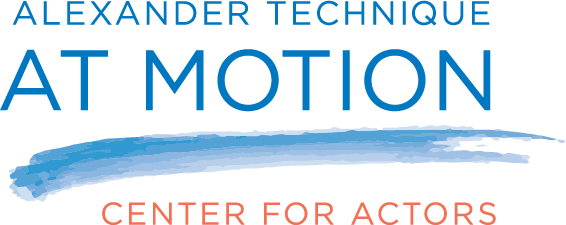February 25, 2019
How’s your Posture?
Marjorie Barstow, master teacher of the Alexander Technique (AT), used to say "take a good slump". She was helping us to let go of being "right" in our "posture". By starting from where we were, she was teaching us something essential about how we treat or mistreat our bodies. She gave us many examples of the accessibility of Alexander’s work. She didn’t deal in ideals about posture. Instead, she insisted that we make choices. She was insistent that we took responsibility for our coordination. She was guiding us to move more consciously through life. She was teaching us about the power of choice.
“I can’t teach anything that I haven’t done myself. I may not always do it, you know we don’t always do what we should (life would be very dull if we did). But I know when I want to have more freedom, I know what I can do and what I must do, then I make the choice of whether or not to do it.” – Marjorie Barstow, quoted in Practical Marj
Our cultural take on posture looks like a battle between a mythological ideal and the seduction of sloppy chic along with warnings about “text neck”. Social media ads feature quick fixes and devices that remind us to “straighten up”. These are mechanical solutions for inanimate objects, not people. If we pause to question the positional ideals associated with posture we will learn more about ourselves: how we move, think and feel.
Some of you may have seen it -- I was quoted recently in an article about posture, with a really great title: Is There Really Such Thing as “Good” Posture?.
[...] This picture of posture as a reflection of your outlook to life is one shared by Belinda Mello, a New York-based instructor in the Alexander Technique, the posture-centric system of bodily control subscribed to by many performers, including a few cultural A-listers. Mello, like Lederman, emphasizes that “a person’s posture isn’t a fixed position, but a way of moving.” But like Mason, she thinks value judgements like “good” and “poor” can be usefully applied to how you hold yourself. “Think about what poor posture is like to live inside,” says Mello. “It’s like being in a box, and outside the box is freedom of motion, and access to pleasure and excitement.”
Let’s get out of the posture box, please! Let’s take a break from constantly trying to improve ourselves. Let’s take on a more generous and intelligent approach as human beings - variable and resilient beings - not machines or computer-like objects. We are lively beings with a great capacity for awareness of what we are doing -- and therefore a capacity for choice.
Can we develop greater awareness of ourselves? Surely! Because we already know a lot about being human from our daily lives. We know that how we coordinate, our use, affects how we communicate. We look for the truth in another person through physical expressions in gesture and in posture. We notice postural freedom or fixation. We seek meaning from shifts in postural tension or grace.
Look at some of the celebrated people in the media, arts, business and politics -- look at how they stand, sit and move. Notice the consciousness they are embodying. Do you see their stature reflect awareness? Are they present, including all that is around them? The Oscars are a great time to observe coordination and expression!
When a person is joyful, when a person is deeply involved in something they want to do, when a person is aware of themselves while welcoming in the world around them — maybe that’s good posture!




































